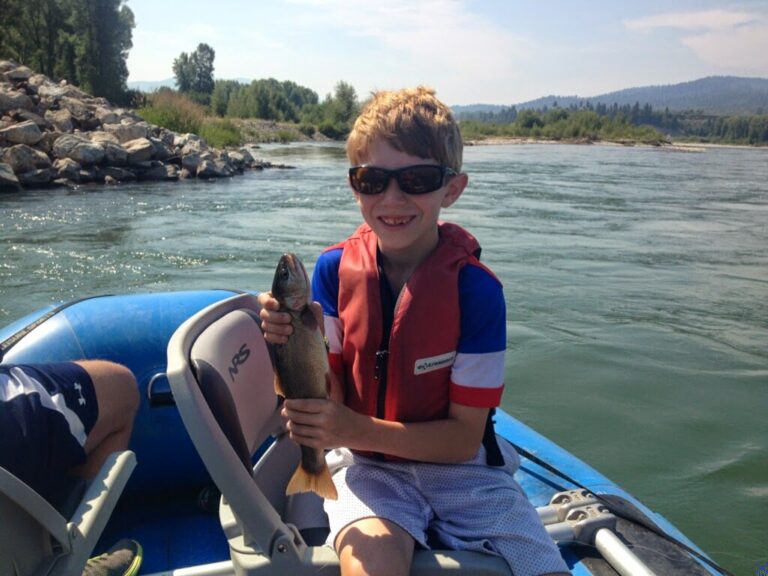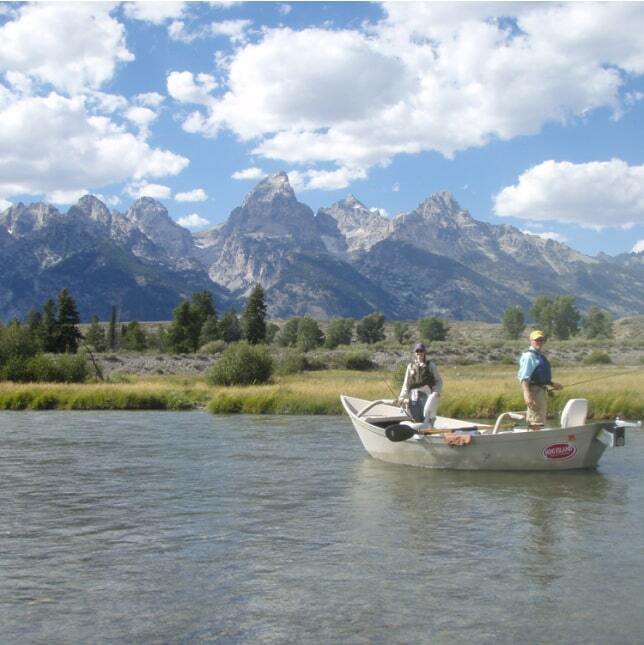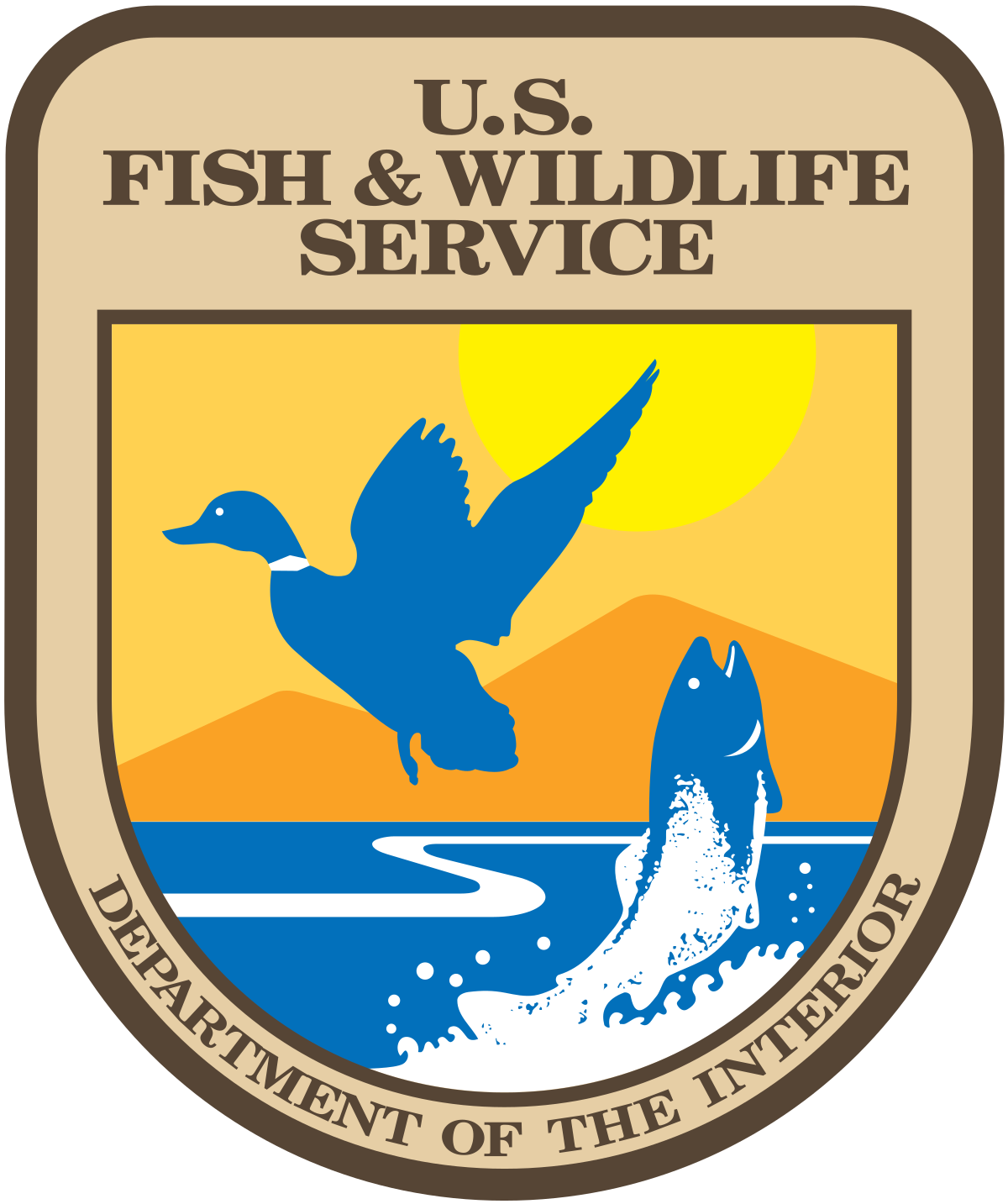Ready to explore the incredible world of one of North America’s most famous rivers? The Snake River, flowing through stunning landscapes and untouched wilderness, is a special place for fly anglers who want to experience exciting encounters with different bugs throughout the year. In this guide, we’ll discover the various aquatic life that lives in this river and learn about the patterns of hatches that create stunning displays, attracting both experienced anglers and beginners. Whether you’re planning a fishing trip or simply curious about the amazing world under the water’s surface, our fly fishing hatch guide will give you the knowledge and insight to make the most of your time on the legendary Snake River.
Getting to Know the Snake River
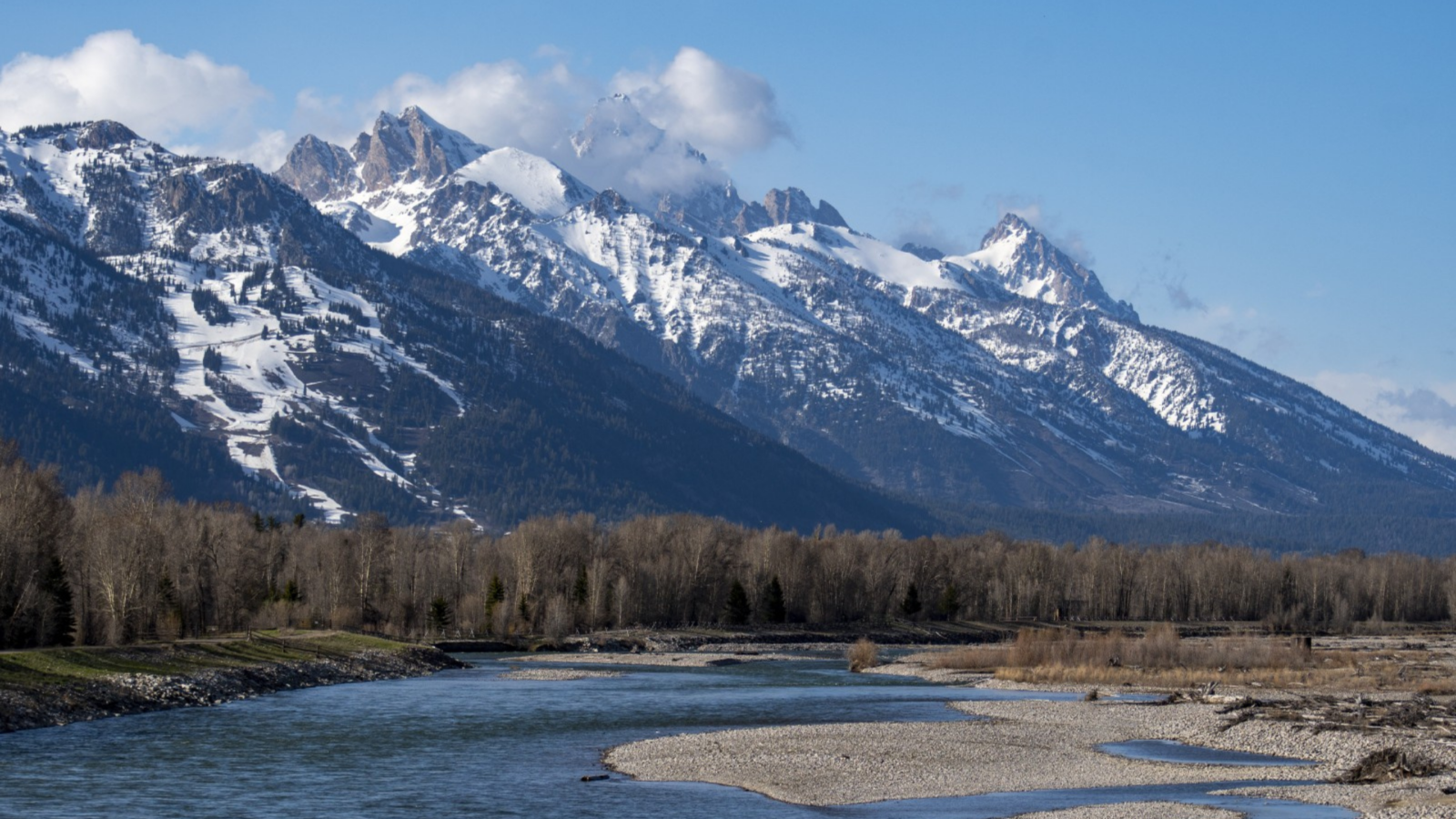
The Snake River has a rich and storied history that dates back centuries. Originating in Yellowstone National Park, this iconic waterway winds its way through the rugged landscapes of the Rock Mountains before flowing west towards the Pacific Ocean. Native American Tribes such as the Shoshone and Bannock have long considered it a vital resource for sustenance and transportation. During the 19th century, fur trappers and explorers like John Colter ventured into the region, leaving behind a legacy of exploration and adventure. Today, the Snake River is renowned for its stunning scenery, characterized by deep canyons, pristine forests and abundant wildlife, making it a premier destination for outdoor enthusiasts – especially those chasing a tight line.
The Snake River holds significant importance in the world of fly fishing for a variety of reasons. It is renowned for its diverse and healthy population of trout, including cutthroat, rain, brown, and brook trout. These fish thrive in the river’s clean and oxygen-rich waters, providing anglers with ample opportunities for challenging and rewarding catches. Its accessibility, particularly in the Jackson Hole Region, has made it a popular destination for fly fishing enthusiast from around the world.
However, the exhilarating angler experience is owed to many ecological factors that make the Snake River and the Snake River Hatch so unique. This western river is littered with natural spring creeks that bring cold, oxygen filled water to its inhabitants. This fresh water is not only benefitting to trout, but also to the diverse range of aquatic species that trout feed on. This abundant food supply includes insects, small crustaceans, and other invertebrates that are critical to river health. In the guide, we will dig deeper into understanding the greater aquatic ecosystem, primary the insect hatches, which greatly aids the fishing experience.
The Major Fly Fishing Hatches of the Snake River
Springs Hatches
Spring is a wonderful time of year when the natural world slowly comes back to life after several months of cold and snow weather. While not limited to the following fly fishing hatches, midge, Black Winter Stone, and Skwala are three prominent springs hatches. These generally occur during the warmest part of the day, anywhere from noon to five. A midge is a very general term to describe a variety of different larva colors in red, black, and brown. The adults on the Snake River in the spring are fairly sizeable, in the size 14-16 hook size range. You can fish an emerger in the size 18 range if the fish are being picky in a riffle. An ice cream cone midge with a white bead, black thread, and red wire rib tied on an elongated size 14 hook is a good standard lead fly, followed by a smaller red or brown midge is an everyday combo.
The dry fly fishing can happen as early as February. The winter black micro stone also occurs during the heart of winter, although they do hatch in much smaller numbers compared to the midge. Nymphs and dries can be paired with midges. The Skwala is the most sought-after hatch and can start as early as mid-March. Slashing eats signify the hatch as the trout chase the stoneflies skittering across the surface. Size 12 brown stonefly nymphs in different varieties are the best choice underneath. The same size as the dry also works well. Using a tippet swivel from Rio can prevent the small foam water walker patterns from spinning on the surface. On days when the water has come up from warming periods, causing lower elevation snow to melt, a small streamer works well.
Summer Hatches
The Snake River does receive a significant Mother’s Day caddis hatch, although the river is generally too high from snowmelt runoff to fish it. There are very small numbers of Salmon flies that hatch on the Snake, but again it typically occurs when the river is too high to fish it. Size 10 brown stones and their bigger cousins, the Golden Stone, tends to be the first dry fly action on the Snake River. Yellow Sallies are smaller stoneflies that work well for some fish that are burnt out on the bigger bugs. PMD’s can start as early as July and can be an effective tool used in the riffles. The Snake is a large, rough and tumble river, so fishing a small PMD on the float at 6,000 CFS is not easy. Terrestrials such as Grasshoppers, Ants, and Beetles are very effective in August. Attaching a PMD nymph below the larger grasshoppers is also a good combination for summer months.
Fall Hatches
Fall in Wyoming can start as early as September, with larger mayflies starting to hatch. The Hecuba and Snake Drakes seem to stand out as go to insects to throw. When fishing a highly pressured river, matching the fly fishing hatch can go a long way. The Hecuba is a very beefy mayfly that sticks out from a distance when it takes flight. They have red belly bands when they flex, the consistency of the mayfly is brownish green. The Snake Drake is more cream in color and tends to be thinner. Along the same period of these hatches is the Mahogany mayfly hatch, a size 16 dark brown mayfly.
The month of October brings the blue winged olive out in serious numbers. The flows out of Jackson Lake drop significantly, causing the trout to pod up. The October Caddis is a good fly to use while floating, a very large caddis with an orange belly. Lastly, the streamer is a great option on overcast days for large trout in October.
Tips and Techniques for Successful Hatch Fishing
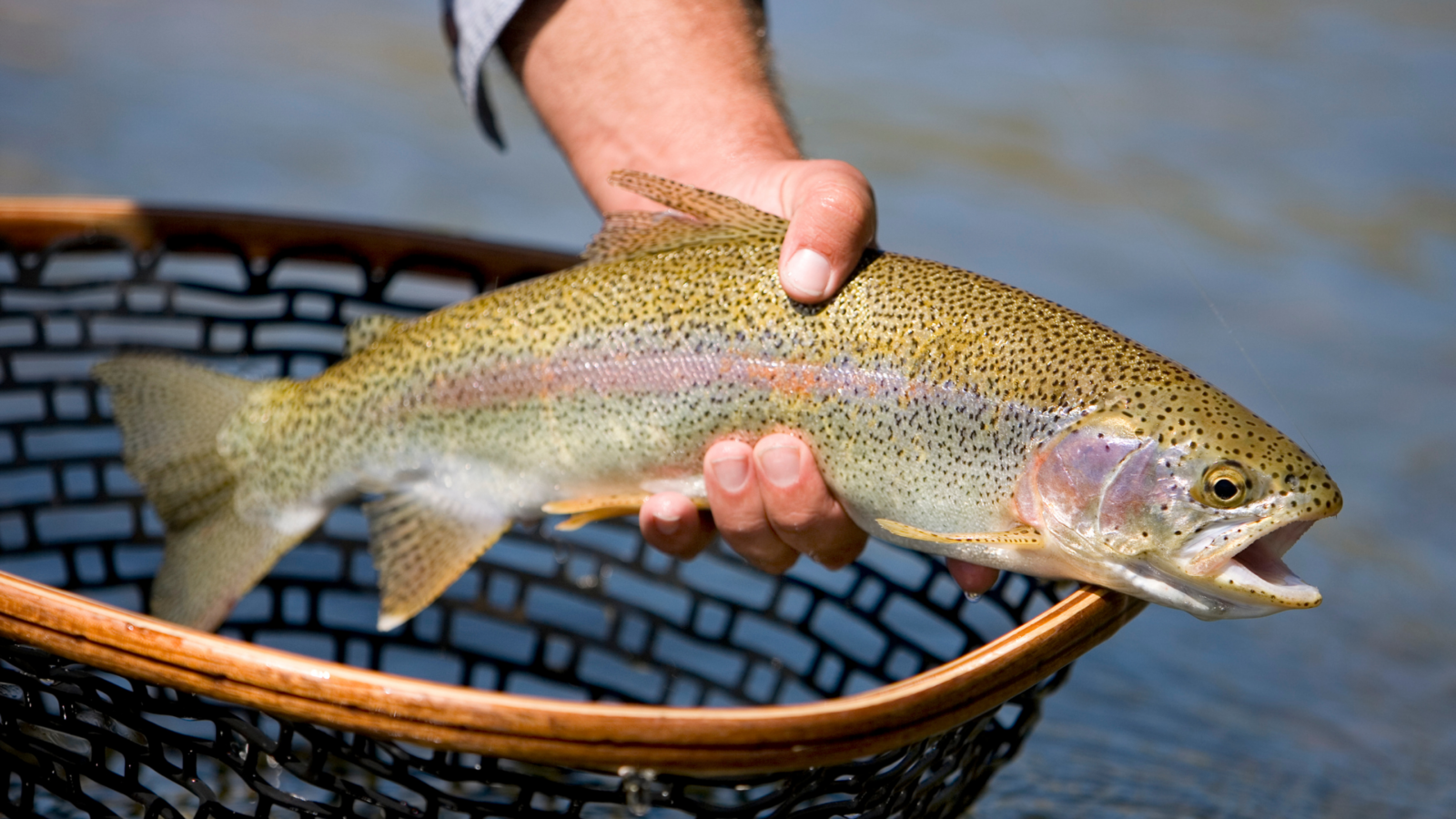
No matter the time of year or which hatch you are working with, it is important to be observant, adaptable, and patient. Reading up or visiting local shops is a great way to understand the hatch. Snake River hatch charts are also a great resource. Once you’re on the water, look for sign of insect activity on the water’s surface and rising fish. This is the best way to learn what the trout are feeding on. Select the appropriate fly pattern based on the stage of the hatch and the feeding preferences. This might mean fishing nymphs underwater before they hatch, and switching to dries when the fish begin to actively rise to the surface. Hatch fishing can be a waiting game. Be prepared for the right moment and enjoy the views while you wait.
Most importantly, have fun and be responsible! Fishing the Snake River is an incredible experience, whether you catch a world record fish or not. With the correct care, these waters will be around for generations to come. Don’t forget to join us on a Jackson Hole fly fishing trip on your trip to Jackson.


